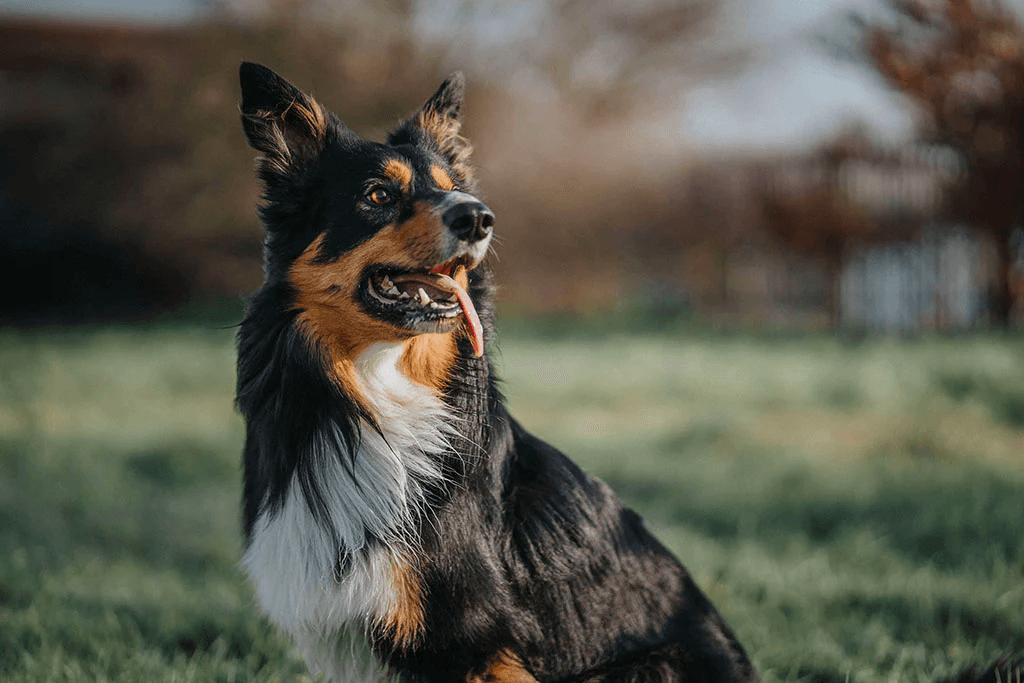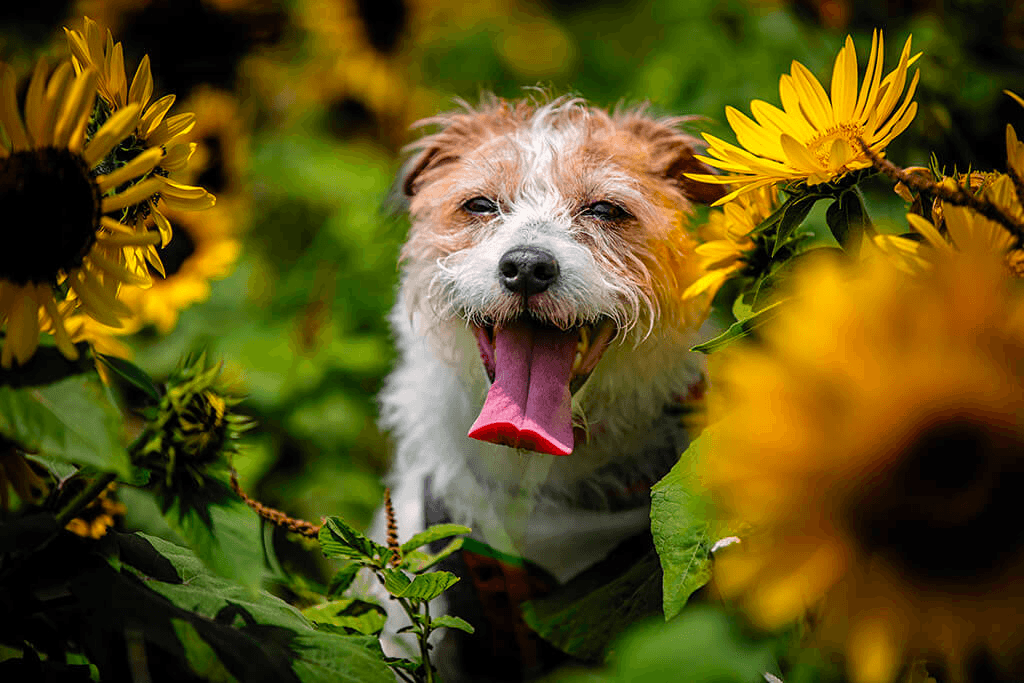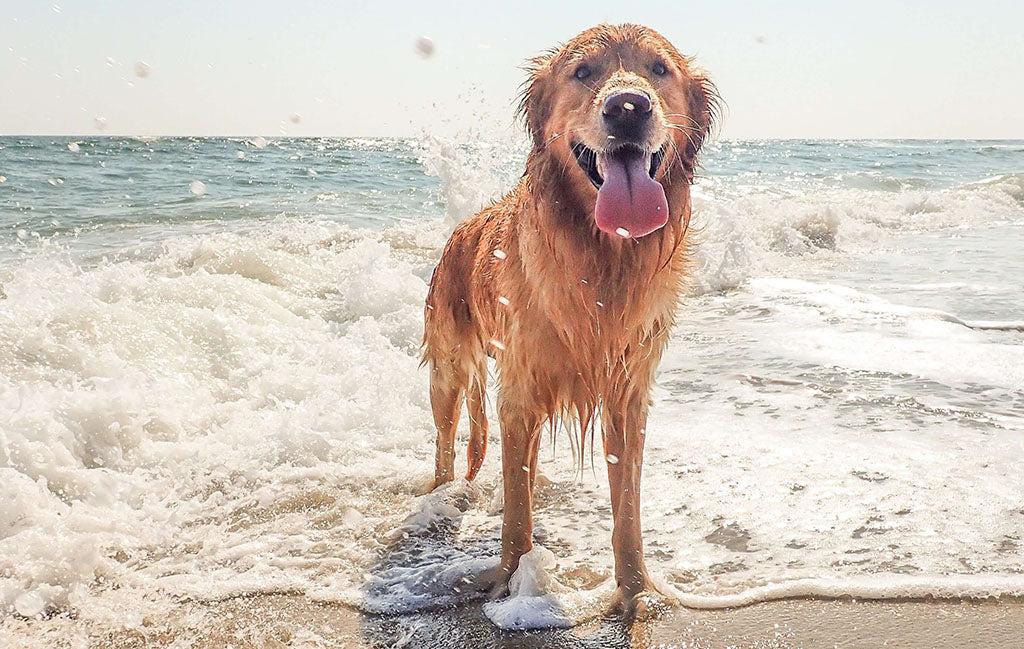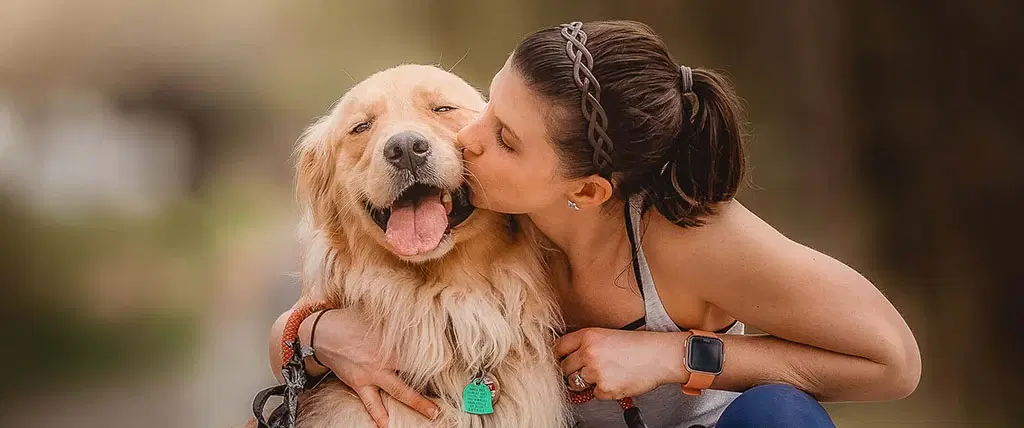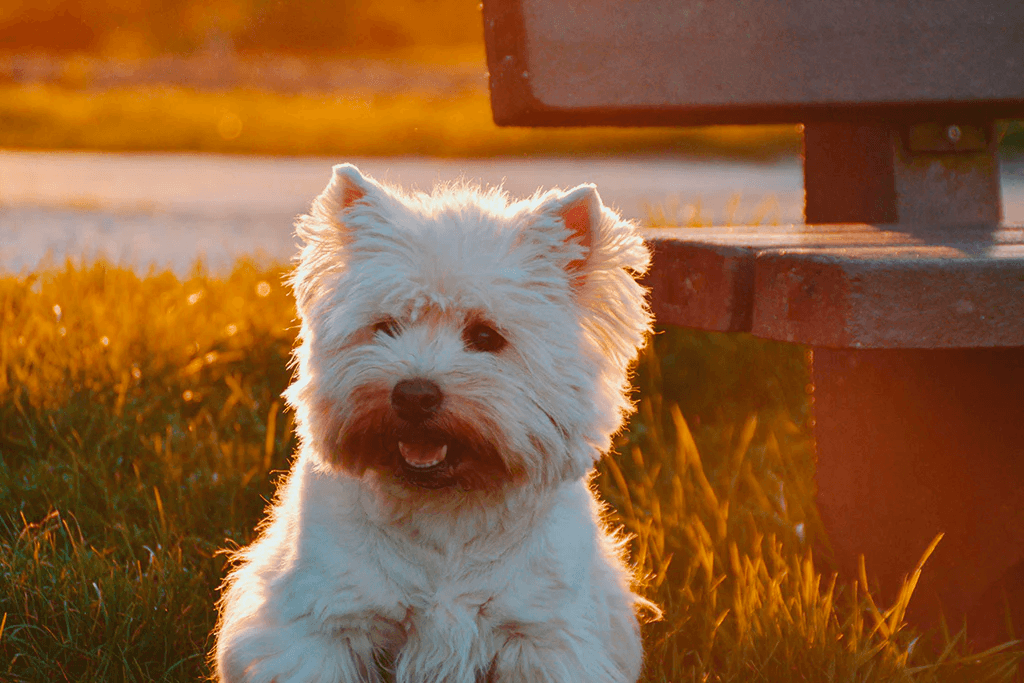Yellowing of your dog’s teeth is often linked to tartar buildup. Just like humans, dogs benefit from regular tooth brushing to help maintain oral cleanliness and support fresh breath. If brushing hasn’t been consistent, tartar may accumulate, which can contribute to discoloration.
Noticed your dog’s teeth becoming more yellow? It’s a good idea to check in with your veterinarian. They can help rule out underlying dental concerns and guide you on next steps, such as establishing a regular toothbrushing and oral care routine to help prevent further tooth yellowing and ensure your dog’s mouth is healthy.
Why Are My Dog’s Teeth Yellow?
Tartar forms due to build up on the teeth. Over time, this can lead to yellow or brown discoloration. That’s why consistent home care and regular veterinary visits are important for maintaining your dog’s dental wellness.
Can Yellow Teeth Indicate a Concern?
Yellow teeth can be a sign that your dog’s oral hygiene may need extra attention. Tartar may contribute to oral discomfort. In more advanced cases, unaddressed buildup could impact overall dental hygiene.
If you’re concerned about noticeable teeth yellowing or changes in your dog’s breath, your vet can perform a thorough dental exam and recommend appropriate care.
Do Yellow Dog Teeth Go Brown?
Yes, over time, tartar buildup can continue to harden and darken, causing teeth to appear more brown. That’s why maintaining a regular oral care routine can be helpful in managing tartar and supporting a healthier-looking mouth.
What Should I Do If My Dog’s Teeth Look Yellow?
Start by scheduling a dental checkup with your vet. They can help determine whether a professional cleaning is needed and provide tips tailored to your dog’s needs.
After that, consider adding simple dental care habits at home, like brushing with a dog-specific toothpaste and exploring vet-reviewed dental support products such as PetLab Co.’s ProBright® Advanced, our easy-to-use daily dental powder, which has been formulated by nutritionists and reviewed by vets. It’s made with powerful ingredients like brown algae and probiotics to help target tartar, support oral cleanliness, and keep your dog’s breath smelling fresher.
How Can I Help Support My Dog’s Dental Hygiene at Home?
Here are some at-home habits that may support your dog’s oral wellness:
- Brush regularly: Aim for daily brushing, or at least a few times per week, using a toothbrush and toothpaste made for dogs.
- Support with dental hygiene products: Dental powders or soft chews can help complement brushing by supporting oral cleanliness.
- Feed a healthy, balanced diet: Avoid overly sugary treats and stick to well-balanced meals that support overall health.
- Build consistency: Start slow with tootbrushing, especially if your pup isn’t used to brushing. Reward-based routines can help make it easier over time.
How Often Should I Take My Dog to the Vet for Dental Care?
Most dogs benefit from a yearly veterinary dental checkup. Your vet can assess their teeth and gums, recommend professional cleanings if needed, and provide tips to help you maintain their oral hygiene between visits.
Final Thoughts
Supporting your dog’s dental health doesn’t have to be complicated. With a few consistent habits and the right tools, you may help maintain cleaner teeth, fresher breath, and overall oral comfort. And remember, when in doubt, always speak to your vet.


